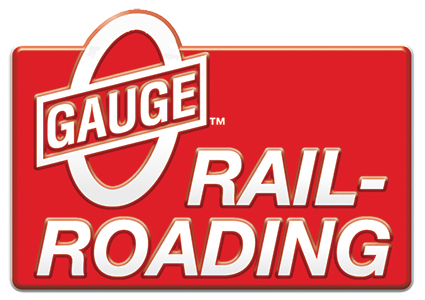Mark -- I have a 370, 371 and 372 -- which are all pretty much the same once you get past the plastic shell. I think I'd start by removing the shell and then putting it on the track/test stand to see how well it runs. The obvious thing to look at - assuming it does run - is the wear on the brushes on the motor. IIRC, these are held in place by some spring clips (I haven't had one of my Flyer GP-7s apart in a while...). Likely you may want to clean the commutator - contact cleaner on a Q-tip works. If its been run a lot, then there are other issues to check out, like wear on the bushings, etc. -- none of which I've encountered, so I've no expertise to offer. But there are others on this forum who do.
One truck is powered and the other is not. So its worth pulling the plates off both - for the unpowered one just to check that there aren't any bent axles or weird wear. On the powered side, you'll want to check whether the old lube is caked and hardened -- even if not, its probably worth digging it out and relubing.
Then there is, of course, the e-unit - minimum maintenance would be to take contact cleaner to the drum, fingers, etc. Since you know your way around the Flyer steamers, you'll already know this.
Here's a link to Chuck Harringtons terrific website that has scans of the Flyer repair manuals, parts diagrams, etc. This is the clearest diagram (for the 371) but you can scroll to either side and find the 370 or 372... http://myflyertrains.org/gallery/album209/371_2_001








